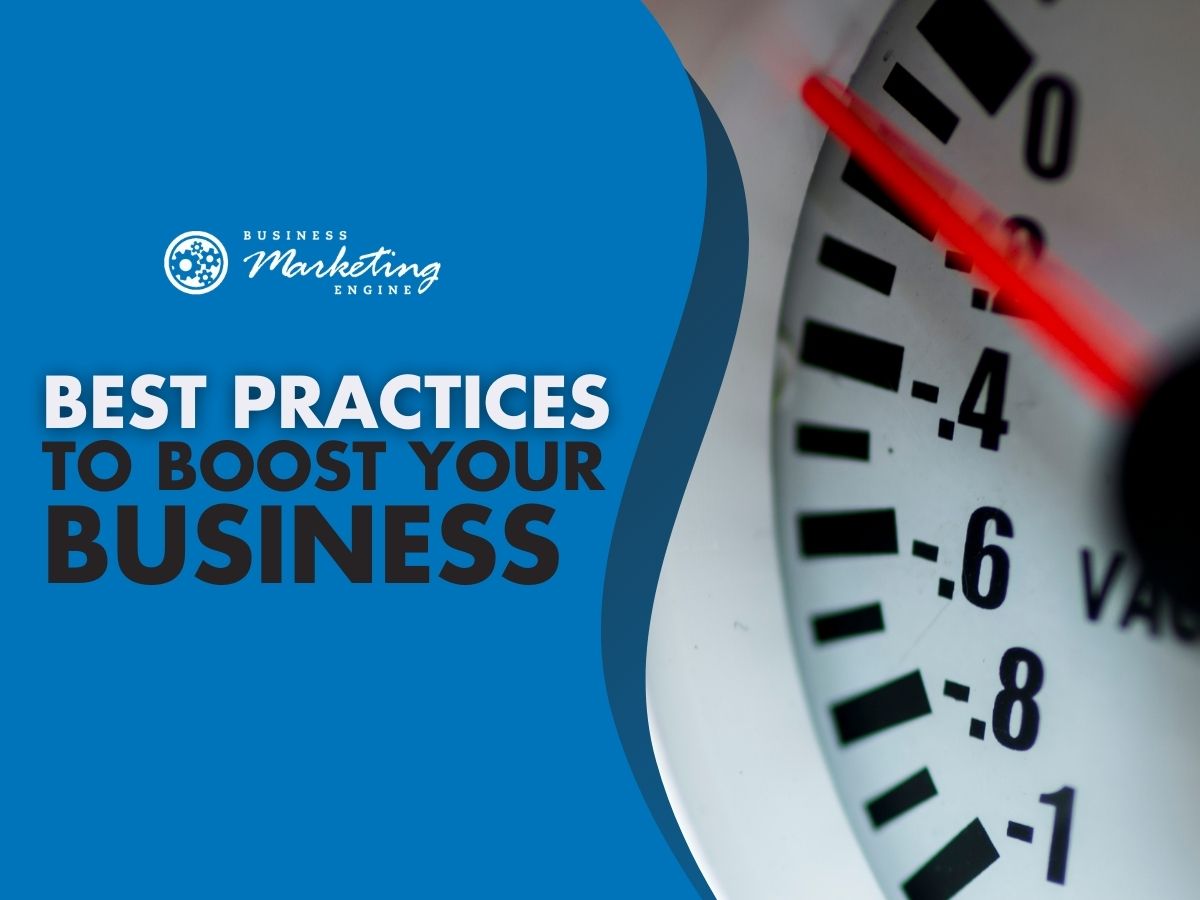If you’re in business marketing, you know how important it is to develop new strategies.
What tools do you use to succeed? How do you build a marketing plan that works?
When you use situation analysis, your strategic marketing plan becomes a force to be reckoned with.
Today, we tell you what situation analysis is, when to use it and how to conduct it properly to grow your business.
 What is a Situation Analysis in Marketing?
What is a Situation Analysis in Marketing?
A situation analysis isn’t just a singular step to success. Rather, it is a set of tools and methods you can use over and over again to improve your strategic marketing plan.
You have to analyze both internal and external elements that affect your company as a whole. These elements should address your strengths and weaknesses, customers and the overall health of your business. It shows you exactly what goes on in your organization for your benefit.
The analysis becomes an essential factor in your marketing strategy. Once you have it in place, you can use it in almost every situation. Adjust it over time with the evolution of your business. If you do, you’ll have a crucial tool in your back pocket at all times.
It includes customer analysis, brand positioning, market and competitor research and more. It sounds like a lot, but we’re here to help. You need to be thorough in order to beat the competition at their own game.
What is Situational Analysis Used For?
Situation analysis is useful for business performance as a whole.
Think about it: you are favorably biased towards your business. This is not a bad thing by any means. It just means that you care about your results, your ROI and your target market.
But that bias leads to blind spots. If your situation analysis is up to snuff, it eliminates blind spots. It uses logic and objectivity to address your strengths and weaknesses.
You use it to pinpoint where you can grow and where you fall short.
This is especially helpful when you want to start a new project or system or expand on an existing one. It makes sure you don’t waste your time, energy and money.
As you develop your situation analysis, you will find more ways to apply it. Instead of just using it for a couple of projects throughout the year, you can integrate it into every big decision you make.
How Does Situation Analysis Work in a Strategic Marketing Plan?
So you have big plans. You have a lot of marketing strategies. Your marketing team is equipped to handle those plans and strategies.
Before you get started, you have to draft your situation analysis. It gives you a snapshot of your situation and how it affects all aspects of your marketing department. It gives you fresh eyes to look at the big picture instead of just getting caught up in the happenings of the day.
All of it sounds great. But how do you do it?
Now, we go through seven steps to ensure you can create a functional situation analysis.
Start With Your Marketing Analysis
The first step in almost any process is to know what you’re working with. This is why a market analysis is key.
Basically, a market analysis is a meticulous evaluation of your market within your industry. It looks at your market’s conditions, trends and general situation. It gives you an idea of where things are headed without having to guess. Then, you prepare for what lies ahead.
First, analyze your target market. Ask some questions when you do so.
What do they need? What do they want? Do you provide for their needs with your products and services?
What is your demographic? Do you know their age, gender, marital status, geographic location and income range? What are their other interests? Data is important here.
How do you effectively reach them? You need to know how well your marketing message reaches them and how well it is received. Particularly if you are in e-commerce marketing, you must know if your marketing packages land.
Internal and external factors both matter in this step.
You should also examine your industry. Review market factors and observe the situation. Before you know your own challenges and opportunities, know what they are in your industry.
Get familiar with the competition within your industry. Complete an analysis on them, too. It is all part of the market analysis. Ask the same questions of them that you ask of yourself and your business.
Examine Your Market Segmentation Analysis
Once you gather information for your market analysis, you have to examine it. It’s useless to have all of that material unless you know why it matters and how it affects you specifically.
Give the data purpose.
You may have a certain way that you like to format your data and a process you follow to do so. That’s perfectly fine. Just make sure you are consistent.
Make sure that when you examine your segmentation analysis, you siphon the information off into sections. Otherwise, you’ll have a lot of facts that don’t make a whole lot of sense.
Before you really analyze, focus on a few things. Business News Daily has some suggestions on what to examine from your research in particular:
- What is the size of your industry? How fast does it grow?
- How much of a market share do you have?
- What is your industry like, as a rule?
- What are your target market’s buying trends?
- How do you expect to grow in your industry and market?
- What does your customer core spend on average and how much will they spend for your products and services?
With those questions in mind, see where you can apply them to improve.
Whether externally or internally, share your findings with the appropriate parties so that you can grow. Keep this information at hand to refer back to as you need it.
 Competition Analysis vs Your Situation Analysis
Competition Analysis vs Your Situation Analysis
Your competitors are indeed different from you. You have different needs and you might even offer different products. But you do have to complete an analysis on them as well as your own situation analysis.
You have to know their strengths, weaknesses and strategies to foster your own success in the marketplace. Once you know the existing rivals, you get a glimpse at what the emerging ones will bring to the table.
How do they vary from you? How can you capitalize on these differences? Where is there room for you to fall behind?
There are other questions you can ask, too:
- What do your competitors offer?
- How are they positioned in the market?
- What kinds of products and services can you provide that will keep them from getting a piece of your target market?
- What are their employees like? Are their employees satisfied with their company?
- What data is out there on their sales and market share percentage?
There is tons of public information on the Internet or in the archives on your competitors. Use it to analyze them. That competitor analysis contributes to your own situation analysis.
Create Marketing Design
Picture this: you open your browser to look for a new product. A website pops up in your search engine that sells just what you want. When you get to their web page, though, the colors and design scheme are confusing and unappealing. You probably exit out of their site.
Their content marketing drove you away.
Now imagine a customer does the exact same thing for your site. If you have an awesome product to sell but you display a website that looks like it was designed twenty years ago, your product is a moot point.
You need to create a marketing design that has useful information, is on-trend and is pleasant to look at.
Otherwise, you drive away potential customers. Remember that word-of-mouth marketing is powerful. If that customer isn’t into the marketing design for your products, they’ll probably tell others. That leads to a negative association with your brand altogether.
An integral part of your situation analysis is to create a meaningful market design. Once you do, it naturally drives traffic to your site. If you do it right, your traffic will convert into solid leads.
Targeted Market
Like we said before, your target market is an essential factor in your situation analysis. If you have a clear understanding of your target market then you are off to a great start.
You have to understand what they like and why.
Every customer or client is an individual, so don’t treat your target market like a standardized being.
Let’s look at a scenario: you walk into the grocery store. On any day of the week, there is a different person in that store.
Each shopper has a favorite color, a favorite band and a different hobby. Some like the color blue and listen to rap music. Some prefer to crochet on the weekends to bluegrass.
Why would the customers within your target market be any different? They’re not. There’s no detail too small. The more information you uncover about your customer base, the easier it is to cater to their needs with a strategic marketing plan.
A target market strategy is the next step in your situation analysis. Identify who you serve or who you want to serve. How important is your target market to you?
You can target every segment of your market or just stick to a few.
Here are the crucial elements you need to know for your target market:
- How big or small is your target market? What is their rate of growth?
- What are the individuals within your target market like? Think of those pesky details here.
- What is your buyer persona?
- What data can you find about your typical end user?
- How would you develop your tactical marketing plan for the year?
Look at your past data, not just your current information. It all lends to what can happen in the future.
Positioning Strategy
The next part of a situation analysis is your positioning strategy.
Positioning is how your brand imprints itself on your customers’ minds to stand apart from the competition. But it’s more than just that.
It includes the products and services you sell, their cost, how you promote them and your distribution channel.
Your positioning strategy should evolve with market trends. While it is not the exact same as brand image, the two should align. It should also align with company values.
Think about your company goals and how you are going to reach them. Measure those goals against the specific ones you have in place for your target market(s).
Positioning strategy directly relates to external factors, like your relationship with your customers.
New Product Strategies and Your Situation Analysis
Again, you need to conduct a situation analysis before you release a new product or process. Your sales might be stagnant. You need something new to increase revenue and drive profit. That’s only natural in marketing.
Customers don’t want the same old. They want something that’s new and exciting. They want that product to address their needs and help them succeed.
So listen to what they need. Identify opportunities to satisfy them there.
Use your situation analysis to create a new idea or improve an old one. Consider your unique selling proposition. What will you bring to the market that others can’t? What will attract your ideal customer to your product or service?
With a situation analysis, you can answer those questions. You’ll have evidence-based information about what’s in and what’s out for marketing products. That way, you’ll be able to predict purchases and decide which ideas prove fruitful.
Conclusion
With all of these tools and steps, you format a situation analysis to the advantage of your business.
Use the analysis as a series of methods that show you opportunities and threats. Then take the right steps to achieve your specific goals. Use it consistently before you make changes to your business. Also use it as a way to discover what marketing strategies will benefit you.
If you are interested in more ways to plan, build and grow then we can help you. At Business Marketing Engine, we all share a common goal: we want you to win. Check out our blog and portfolio. We think you’ll like what you see.
If you do and you want to find out how you can grow your business, contact us today.

 Competition Analysis vs Your Situation Analysis
Competition Analysis vs Your Situation Analysis



